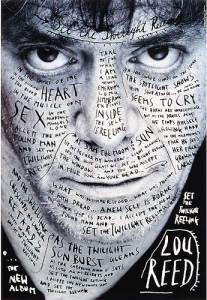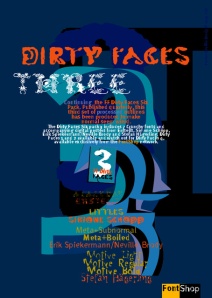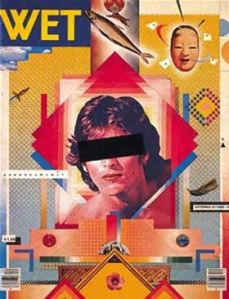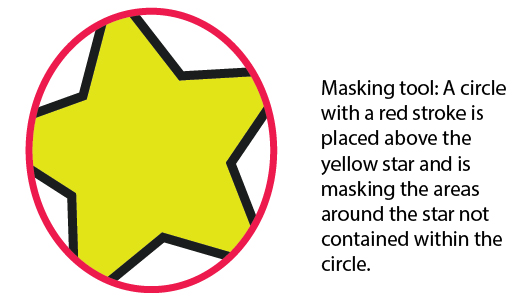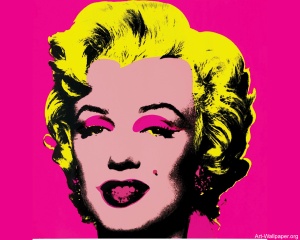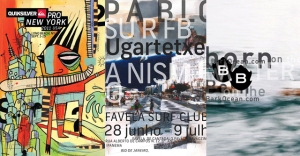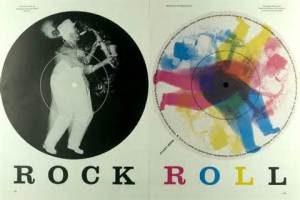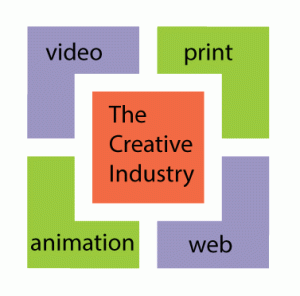Corporate identity represents the look of a company. Many successful corporate identities are not just a successful logo, but the design and implementation of a visual system which defines their image, marketing and advertising. The logo itself is only one component of the visual system in corporate identity.
Here are 3 agencies that have well known corporate clients.
Carlos Segura started the Chicago-based and world-renowned creative agency Segura Inc. Well known clients include Toyota, Gatorade, MTV, ESPN, Mongoose, Q101, among others.
Landor Associates is a branding agency with locations in New York, Hong Kong, Mexico City, and Paris. Like many agencies, Landor Associates helps companies redefine their corporate image. FedEx, BP and Craft are some of their clients.
Pentagram has been around for over 50 years and is a large independent agency with offices in the U.S. and Europe. They are associated with Tiffany and Co, Penguin Group, Windows 8, Nissan, Walgreens, Lucy’s Fried Chicken, and Citi. Pentagram is known for simple and clean designs.














